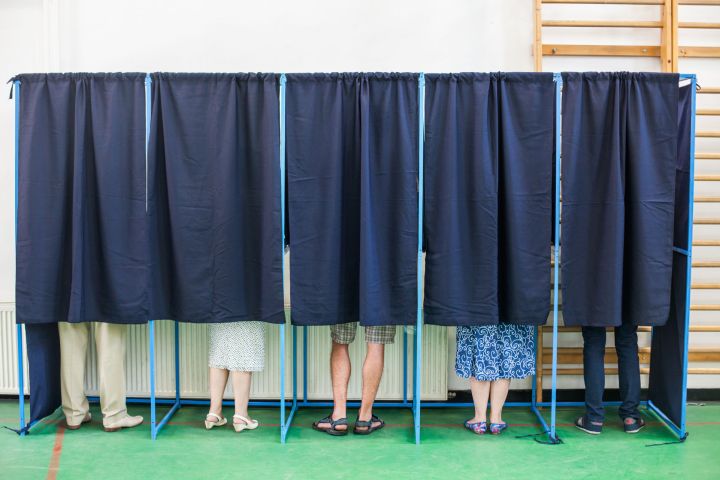
If incompletely punched paper ballots were our only concern about this November’s election, at this point many might breathe easier. Hacking is the major focus today, particularly since U.S. intelligence agencies have apparently determined that Russians were responsible for hacking into the Democratic National Committee’s computer system, according to The Washington Post.
The Federal Bureau of Investigation is still working on the DNC breach. WikiLeaks continues to publish secret information, news leaks, and any data it receives via known and anonymous sources. In the primary season leading up to the Democratic convention, for example, WikiLeaks released a searchable databases of Hillary Clinton’s private emails as well as hacked email and voicemail messages from the Democratic National Committee.
Breaking in, finding, and distributing data is one thing — as embarrassing and threatening as that may be — but data breaches may be just the visible tip of the iceberg. If teams of hackers in Russia, North Korea, and other countries are indeed heavily engaged in computer espionage with the U.S. as a target, the concern shifts to protecting a system vital to our nation’s identity: the voting booth.
One hurdle for centralized voting and data security protocols is that different states use different voting technologies. Decentralization makes federal oversight of the voting system hard if not impossible. According to a report in Politico in September 2015, heading into the 2016 election 43 states have electronic voting machines that are at least 10 years old. In 2014 the Virginia Board of Elections decertified voting machines in 30 counties due to security concerns.
Mechanical lever voting machines aren’t used anymore. According to Ballotpedia, which lists voting equipment by state, no state has used a mechanical lever in an election since 2010. States currently use optical scanning paper ballots, DRE (Direct Recording Electronic) systems with and without paper backup, ballot marking devices and systems (typically used by disabled voters), and punch card voting systems that are tallied manually or scanned by computers.
Hopefully, by November 8, 2016, all voting systems from the weakest to the most secure are protected so our votes will be counted correctly.




